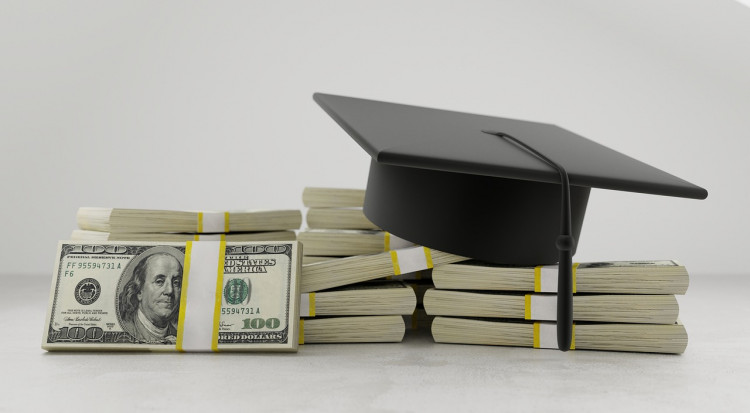The Biden administration has announced a significant step in student debt relief, committing to forgive $1.2 billion for nearly 153,000 borrowers under its new repayment program, the Saving on a Valuable Education (SAVE) plan. This initiative targets individuals who have been in repayment for over a decade and initially borrowed $12,000 or less, marking a strategic move to alleviate the financial burden on long-term borrowers.
U.S. Secretary of Education Miguel Cardona emphasized the administration's message, stating, "If you've been paying for a decade, you've done your part, and you deserve relief." This action follows the Supreme Court's decision last June to block President Biden's broader student loan forgiveness plan, prompting the administration to explore alternative avenues to reduce education debt.
To date, Biden's efforts have resulted in nearly $138 billion of debt cancellation for almost 3.9 million borrowers, utilizing existing programs and authorities to extend relief. The latest debt forgiveness under the SAVE plan accelerates the timeline for debt cancellation, originally scheduled to commence in July, to begin in February, ahead of schedule.
The SAVE plan, introduced in August as a response to the end of the pandemic-related pause on loan payments, offers the most generous repayment terms to date for low-income borrowers. About 7.5 million borrowers are currently enrolled in SAVE, which bases monthly payments on income and family size, regardless of the total debt amount. Notably, the plan prevents the accrual of unpaid interest for those making full monthly payments.
Under traditional income-driven repayment plans, borrowers typically wait 20 to 25 years for debt forgiveness. However, SAVE shortens this period to as little as 10 years for those who initially borrowed $12,000 or less, with each additional $1,000 borrowed extending the payment period by one year. For instance, a borrower who took out $14,000 in loans would be eligible for complete debt relief after 12 years of payments if enrolled in SAVE.
In addition to the SAVE plan, the Biden administration is conducting a one-time recount of past payments to address historical administrative errors, ensuring borrowers receive the forgiveness they deserve. This recount aims to correct issues such as inaccurate payment tracking and inappropriate guidance towards forbearance, providing credit towards forgiveness for any months in which payments were made, regardless of the repayment plan.
Other avenues of debt relief under Biden include expanding the Public Service Loan Forgiveness (PSLF) program, delivering relief for individuals defrauded by for-profit colleges through the borrower defense to repayment program, and simplifying the debt discharge process for disabled borrowers. These measures collectively underscore the administration's commitment to mitigating the student debt crisis and its impact on American borrowers.
As the presidential election looms, these debt relief efforts are poised to be a focal point, with the administration keen to highlight its achievements in addressing student loan debt and advocating for the welfare of borrowers nationwide.






